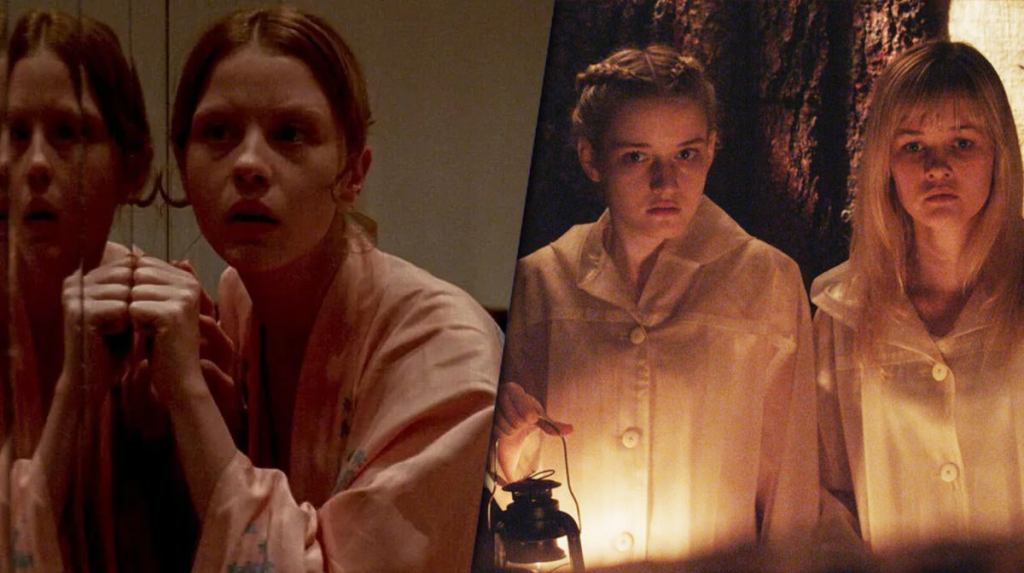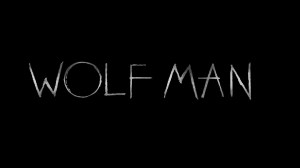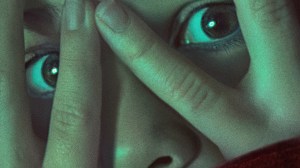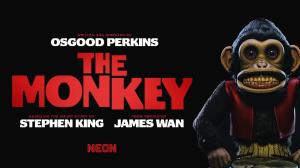Landing in theaters this weekend is Speak No Evil, a remake of the 2022 Danish film Gæsterne, marking one of the quickest turnarounds for an international movie to get an English-language reboot. When it comes to the horror genre, audiences know that nothing can stay dead for long, as we’ve been given dozens of revivals featuring Dracula, Frankenstein’s Monster, or The Mummy, as well as seeing much more specific storylines be revived in a variety of ways. International interpretations of terror deliver fans all manner of frightening stories, inspiring Hollywood to take those concepts to American audiences to varying degrees of effectiveness.
Reboots generally are met with cynicism from audiences, as so many of us have sat through uninspired adaptations that both fail to capture the magic of an original and fail to bring anything new to the table. Despite the ratio of successful to failed remakes of international movies being skewed towards disappointments, there are a number of remakes that manage to succeed and, in some cases, surpass the achievements of the source material.
Videos by ComicBook.com
Fans looking for more English-language remakes of foreign horror movies to stream after seeing Speak No Evil can scroll down for our picks!
The Ring (2002)
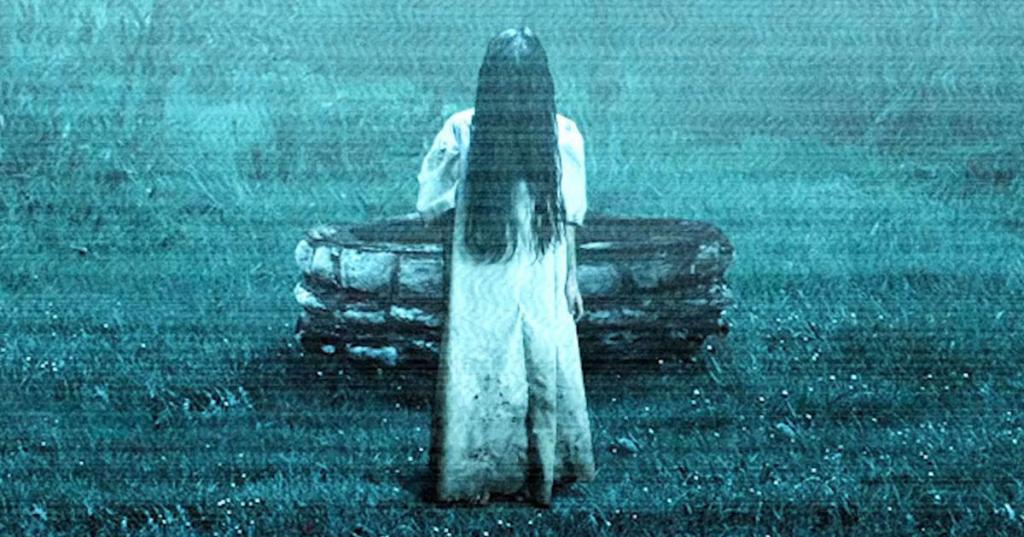
The first of many A-horror remakes, The Ring is both to thank and to blame for the deluge of movies released in the 2000s that were inspired by Asian horror. The movie follows a seemingly cursed video tape that, once watched, will result in the viewer’s death seven days later, leaving a journalist (Naomi Watts) to try to uncover how the curse began.
By being one of the earlier notable A-horror remakes, director Gore Verbinski didn’t have an expectation to live up to, trading in the Japanese locales for the rain and dread of Seattle. As if the region’s natural climate wasn’t effective enough in conveying a somber tone over the film, the grunge movement of the ’90s and bands like Nirvana, Pearl Jam, and Soundgarden only furthered the depressing image of the locations, making a story like The Ring feel all the more possible.
In addition to the overall imposing vibe of the film’s locations, Verbinski took the core components of the narrative from Hideo Nakata’s Ringu (based on the Koji Suzuki novel of the same name) and made them a bit more cohesive and digestible for American audiences. Verbinski also managed to take some of the more effective imagery from Ringu to bring into his film, and given how bizarre and unsettling those images were compared to what was being featured in American movies at the time, The Ring makes for a haunting and effective experience.
Where to Stream: Paramount+, PlutoTV
The Grudge (2004)

One reason there was such a wealth of A-horror remakes in the 2000s was due not only to the success of The Ring, but also by how quickly it was followed by The Grudge, which is a remake of Ju-On: The Grudge, the third entry in a longer running horror franchise. Rather than taking the story to an American locale, The Grudge unfolds in Tokyo and explores the aftermath of a curse that is born when someone dies in a scenario of extreme sorrow or violence.
Had The Ring been an isolated success, it might have been an outlier in horror, but Takashi Shimizu managed to successfully replicate the thrills of Ju-On for American audiences without making many major compromises. While one of the effective elements of The Ring was the frightening Samara, the specter of a girl with long, black hair who walked inhumanly, The Grudge leaned into that visage for the otherworldly Kayako to make her a more central figure than the ghost in The Ring.
The Grudge might not be quite as effective as Ju-on, but thanks to multiple tense sequences featuring the lurking Kayako and by honoring the source material with its Japanese setting, the 2004 movie makes for a terrifying take on the original movie.
Where to Stream: Peacock
Funny Games (2007)
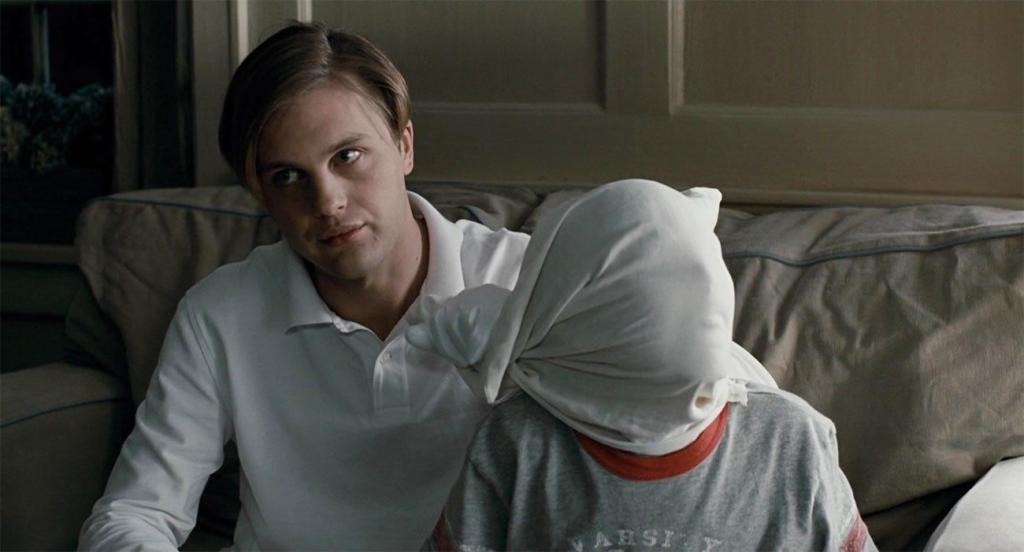
Naomi Watts returns to the list with the experimental Funny Games from director Michael Haneke. The movie isn’t necessarily experimental in execution, but given that it’s a shot-for-shot remake of the 1997 Funny Games, it serves as one of the most authentic remakes of a movie imaginable.
The film focuses on a family who travel to their lake house and are quickly interrupted by their young neighbors. The boys begin to intrude on family activities, escalating their intrusion to ultimately intimidate, restrain, and torment the family.
It might sound bizarre to replicate a movie shot by shot a decade after its release, but part of what makes the experiment so fascinating is that Haneke directed both the original Austrian version and also this English-language take on the material. Both versions of the film are equally frightening, with American audiences likely to find the remake a bit more accessible, as the differences between the two films come down to only a handful of lines that have been altered.
Where to Stream: Available to Rent on Multiple Platforms
We Are What We Are (2013)
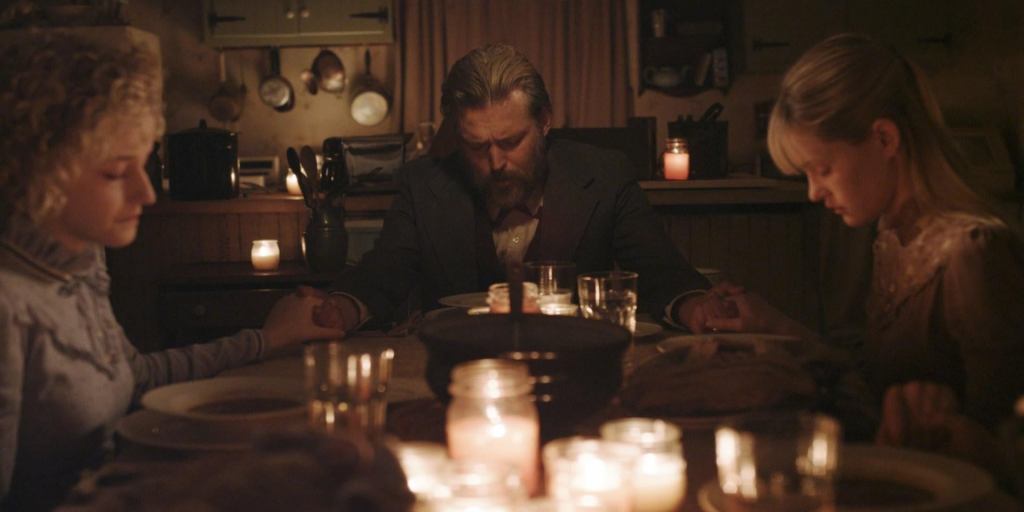
The original We Are What We Are took place in an urban Mexican city, depicting what happens when the patriarch of a family suddenly dies, forcing the rest of the family to act quickly when it comes to how to continue their bizarre rituals of cannibalism.
The American film from director Jim Mickle does what some of the best remakes do, which is take the core story structure, put it in a new locale, and inject entirely different themes into the experience. Mickle’s film delivers a family dynamic and the necessity of cannibalism, sets the story in a rural town in the Catskill Mountains, and applies religious motivations for the flesh-eating.
Mickle’s movie adds a bizarre desperation and reluctance to the cannibalism, which injects a fresh perspective into the concept, while the landscape allows for an entirely different tone and manages to keep the overall premise intact. The two We Are What We Are movies make a rare example of two films exploring the same premise in relatively different ways, though each feel as effective as the other.
Where to Stream: The Roku Channel, PlutoTV
Suspiria (2018)

Dario Argento’s Suspiria is considered to be a masterpiece by many horror fans, and while it offers plenty of mood and eerie atmosphere, it often falls short when it comes to abject terror. In this sense, Luca Guadagnino’s 2018 remake of the project could be seen by some as a “better” horror film, despite how much it owes to its source material. And while a majority of the original Suspiria features English dialogue, it was birthed from inherently Italian filmmaking sensibilities.
The film follows dancer Susie Bannion (Dakota Johnson) to a German ballet school and, when bizarre events begin to unfold, questions arise about the real intentions of instructor Madame Blanc (Tilda Swinton) as Susie catches glimpses of witchcraft.
While Argento used colors, cinematography, and music from Gobiln to unnerve audiences, Guadagnino got a bit more straightforward with the film’s horrors to make something a bit more viscerally disturbing. Given that both stories are based on witchcraft and that Argento showed more restraint with that subject matter, Guadagnino instead takes that idea and runs with it, culminating in an overwhelming and blood-soaked finale of fear.
Where to Stream: Prime Video
What are your favorite American remakes of horror movies? Contact Patrick Cavanaugh directly on Twitter or on Instagram to talk all things Star Wars and horror!

